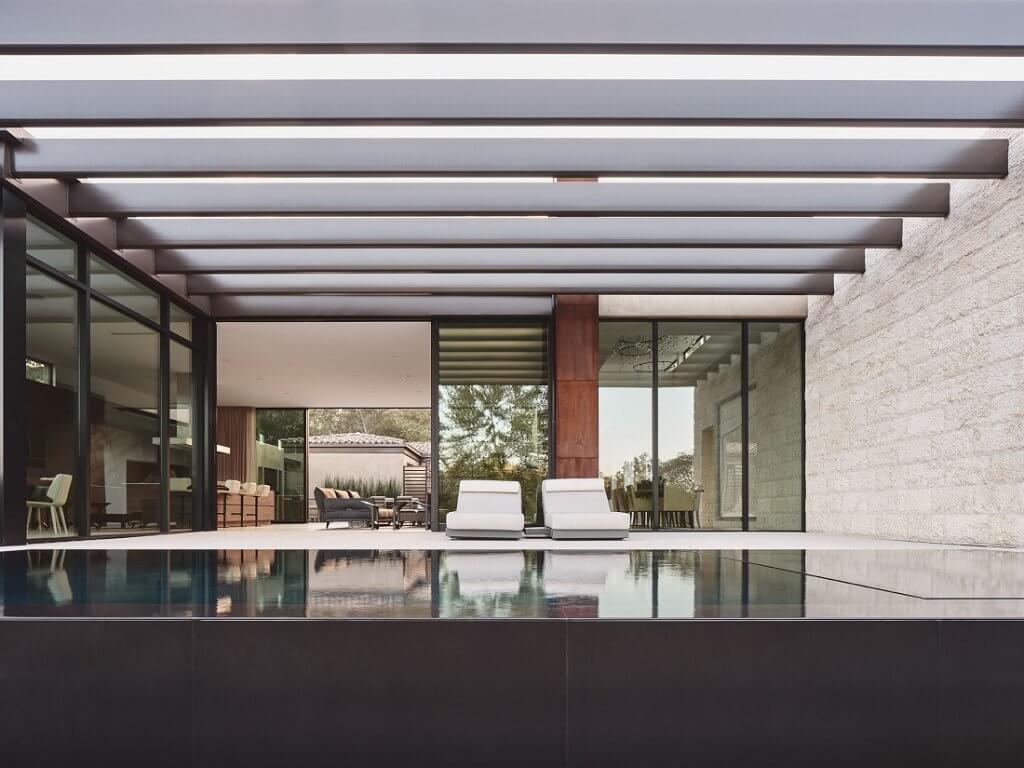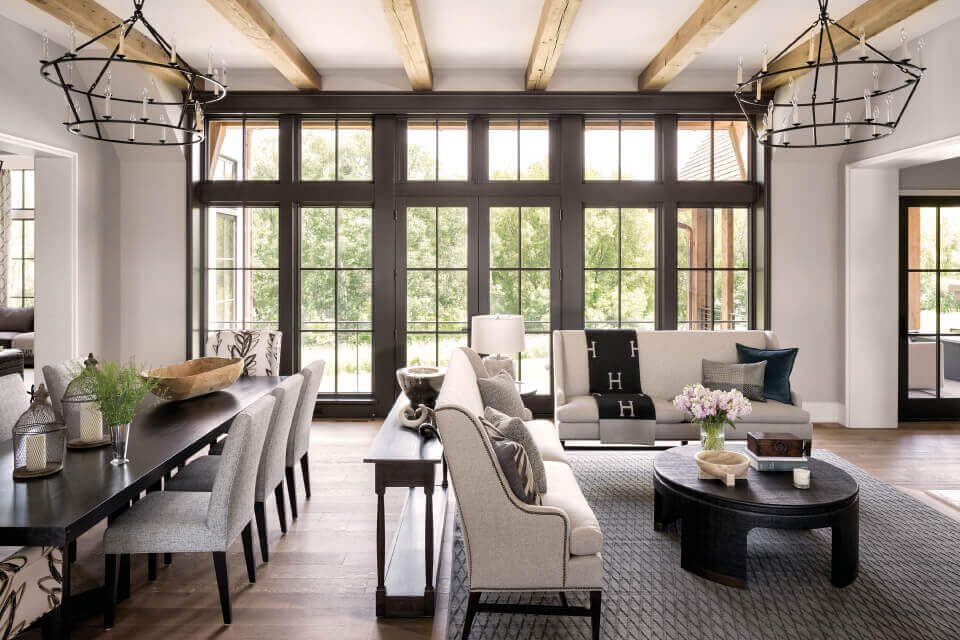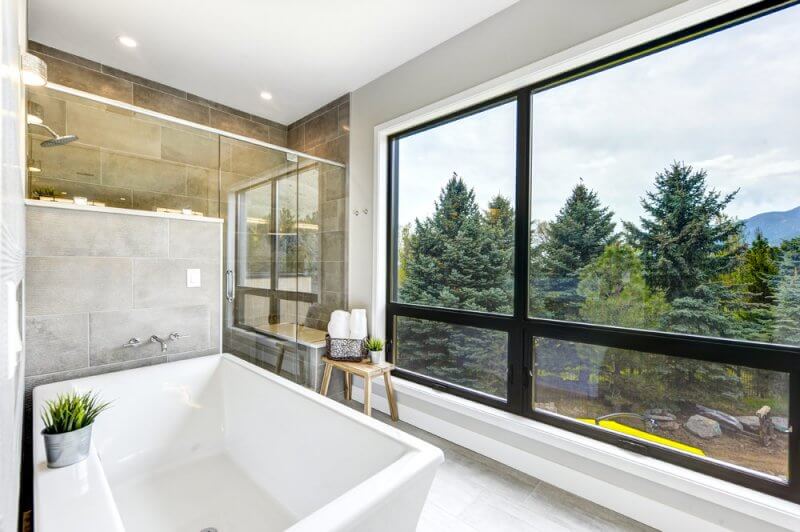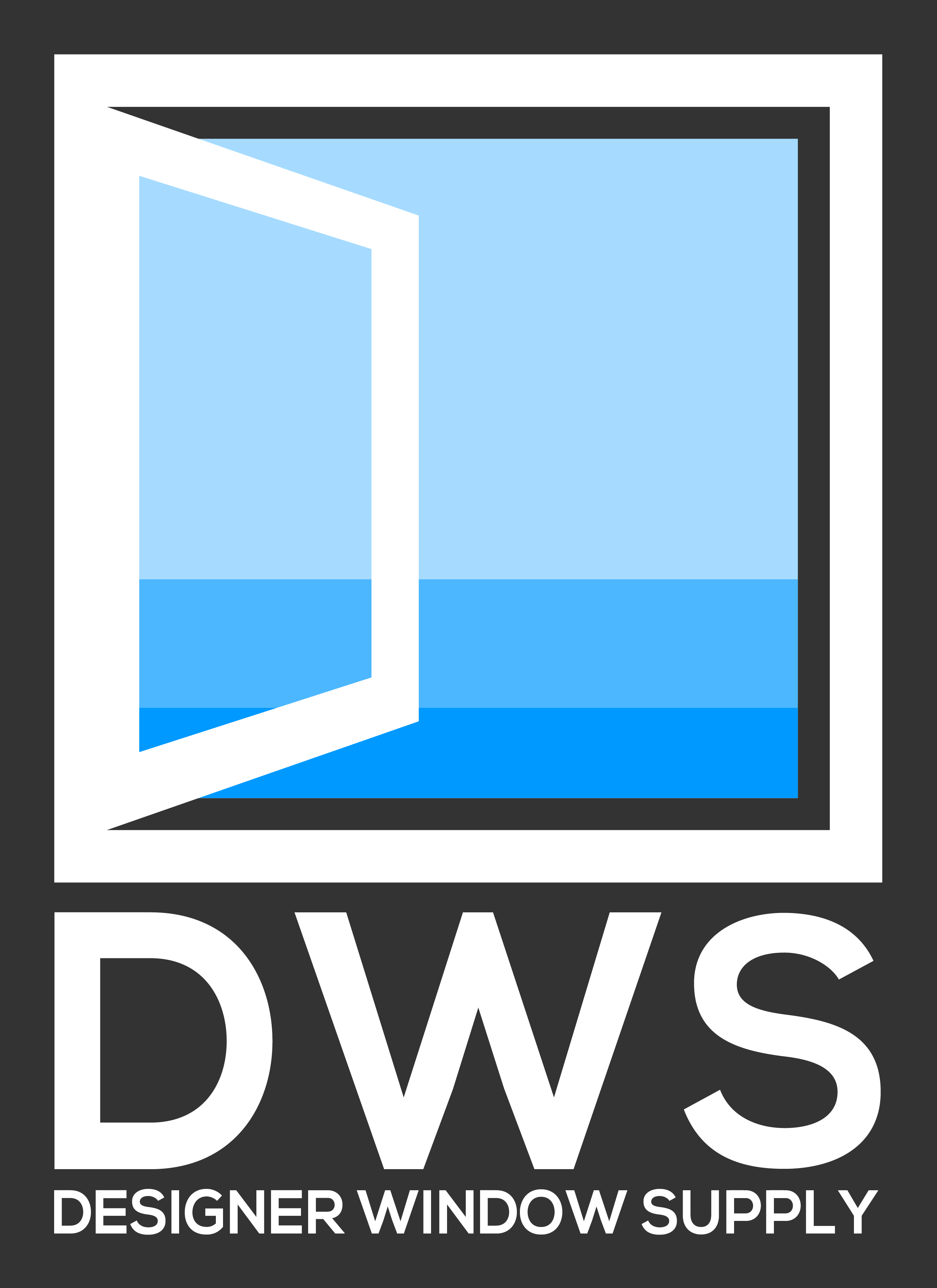At Designer Window Supply, we think about residential construction as a living and breathing space. Building technology and construction are constantly improving. Windows and doors are not created equal and they can directly and indirectly affect your wellness, safety, and interaction with the environment and society. So how can new windows and doors support sustainable design? By incorporating high-performance windows and doors into residential construction, it is possible to achieve a more sustainable and energy-efficient home that can reduce environmental impact and improve your comfort and well-being.
Here are a few ways in which new windows and doors can support a sustainable design and building:
1. Improved Insulation

A ton of research and design goes into windows and doors, and there is a lot to know about the technical aspects of materials. These are some of the key elements pertaining to the improved insulation of new windows and doors.
Dual Glaze (DG), or Insulated Glass (IG), is now standard for all new windows and doors. Old single glazed aluminum windows and doors lack insulation and drive up your energy bill. Instead of purchasing additional HVAC systems that consume more energy, investing in new higher performing windows and doors will start saving you money on your energy bill.
In addition to two (or three) pieces of glass providing better insulation, applying Low-E (Emissivity) coatings to the glass dramatically improves the insulation value of windows and doors. The lower the emissivity, the more effective the coating is at reflecting back heat from entering the room. A typical Low-E coating has an emissivity of less than 0.2, which means that it reflects at least 80% of infrared radiation.
Two important measures of a window’s performance in terms of its ability to insulate and control the amount of solar radiation that enters a building are the U-Factor and Solar Heat Gain Coefficient (SHGC). The U-Factor, also known as thermal transmittance, measures how much heat flows through one square foot of a window area for each degree Fahrenheit of temperature difference between indoor and outdoors air. The lower the number the better the window is at insulating against heat loss or gain. U-factor values for new DG windows typically range from 0.15 to 1.20, with the lower value indicating better insulation.
The SHGC measures how much solar radiation passes through a window. Specifically, it measures the fraction of solar radiation that passes through a window compared to the total amount of solar radiation that strikes the window. The SHGC is expressed as a number between 0 and 1, with the higher values indicating more solar heat gain. In warmer climates, a lower SHGC helps to reduce cooling loads, while in colder climates, the higher SHGC helps increase solar heat gain during the winter. Together the U-Factor and SHGC provide important insights about the window’s energy performance, and coupled with a specific climate and building orientation, assist in sustainable building.
2. Reduced Air Leakage
New windows and doors have much better weatherstripping and airtight seals, which reduces air leakage and prevents drafts. This can improve the comfort of the indoor environment, reduce energy consumption, and improve indoor air quality by preventing pollutants and allergens from entering the building. This is a key element for blower door testing requirements and high performance building.
3. Enhanced Daylight
New windows, doors, and skylights can be designed to optimize natural daylighting, which can reduce the need for artificial lighting and improve your well-being. This also may reduce energy consumption by decreasing the demand for electrical lighting.
4. Sustainable Materials

Many manufacturers offer windows and doors made with sustainable materials, such as FSC-certified wood or recycled materials, that reduce the environmental impact of the building. This can contribute to achieving sustainability certifications and goals, such as LEED or Passive House certification.
Sustainable building design in San Diego, California, can be achieved by selecting high-performance windows and doors from reputable brands, such as Milgard, Alpen, Marvin, Andersen and Jeld-Wen. These manufacturers offer a wide range of energy-efficient windows and doors. By understanding the performance, or technical side, of new windows and doors, we can learn small ways to leave the world a better place! Additionally, by selecting products that meet sustainable building standards and certifications, such as Title24, Passive House, LEED building, and Energy Star, it is possible to contribute to achieving California’s goal of Net Zero energy usage building. Happy Earth Day!






